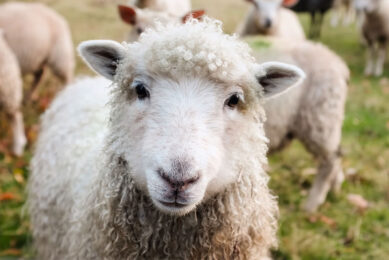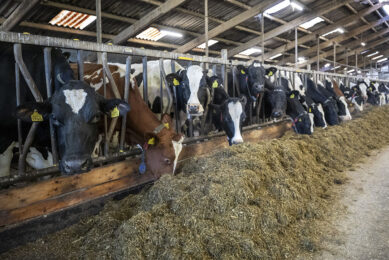Calf care

Just a few weeks ago I witnessed dairy cow embryos being sold at the World Dairy Expo in Madison Wisconsin for thousands and thousands of dollars apiece. Some buyers surely got the genetics they wished for to improve their herds at a good price, but thousands of dollars for a calf, a future heifer and breeding material is quite an investment to make in any case.
It is also in sharp contrast to how many farmers around the world value their newborns. How often are the young animals seen more as a cost issue rather than a future investment?
I am sure the auctioned embryos will get the best care possible during implantation and far beyond. That said, I can still remember when I was a boy, decades ago, on my grandpa’s farm walking through the barns. As a kid everything about the farm was nice, the animals, the machinery and farm life. However, even at an age when I didn’t look deeply into farming one thing did catch my attention. The difference in smell between the silage of the dairy cows and the silage in the barn of the young animals. Really, after playing in the latter, my mother wouldn’t let me in the house before losing almost all my clothes and taking a shower. And she had a good point.
Good feed, good calf care and management come at a cost, there is no arguing about that. But a deeper understanding of the development of the animal teaches us that there are returns too. Long livability, earlier maturation and more milk are some and according to different experts these outweigh the investments made in the early life of the cow. Of course it takes some time before you see the return on investment, but name me one farmer that is in it for the short term?
Join 26,000+ subscribers
Subscribe to our newsletter to stay updated about all the need-to-know content in the feed sector, three times a week. Beheer
Beheer









 WP Admin
WP Admin  Bewerk bericht
Bewerk bericht